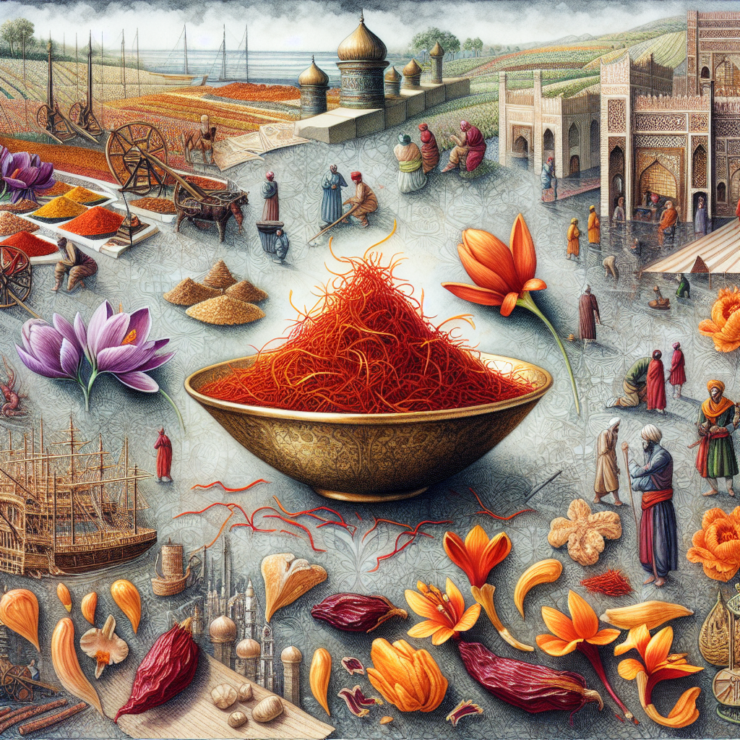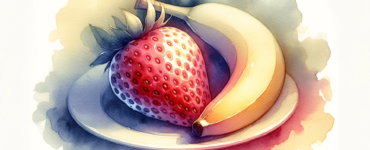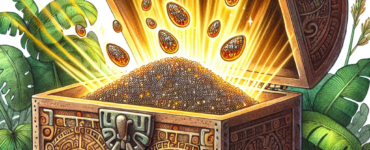Have you ever wondered what makes saffron the world’s most expensive spice?1 The vibrant red threads, known for their unique flavor and striking color, have an astonishing history and significant cultural impact that goes beyond their culinary uses((National Geographic)).
Saffron’s journey begins in ancient times, with its first known cultivation believed to be in Greece2. From there, it spread across continents, becoming a symbol of wealth, a remedy for various ailments, and a prized culinary ingredient. It takes about 75,0003 saffron crocus flowers to produce a single pound of saffron spice, which explains its lofty price. Harvesting the spice is labor-intensive, requiring precise handpicking of the stigmas (the part of the flower where saffron comes from) at dawn before the sun can damage them. This meticulous process, combined with the spice’s versatile appeal, solidifies saffron’s status as a luxury item4.
Saffron’s cultural significance can be seen in its use across various regions. In Iran, which produces about 90% of the world’s saffron5, it’s not just a cooking ingredient but also a symbol of joy and prosperity. During Persian weddings, saffron is used in the preparation of food and as a decorative motif6, representing happiness and fertility. Similarly, in India, it has spiritual significance and is often used in rituals and ceremonies7. The spice’s rich color and fragrance have made it a staple in culinary traditions around the world, from the paellas of Spain to the risottos of Italy8.
The global fascination with saffron is not only due to its unique properties and laborious harvesting process but also to its historical roots that span over millenniums. Kings and paupers, healers, and chefs have all, at one point, sought this red gold for their purposes, be it for dye, perfume, medicine, or spice. This enduring appeal speaks volumes of saffron’s unparalleled position in human history and its continued relevance in various aspects of cultural traditions.
Embrace the colors and flavors that the world offers. Saffron, with its rich history and cultural significance, is a perfect example of how a simple spice can weave through the tapestry of human civilization, enhancing not just the dishes it flavors but also the lives of those it touches. Let it inspire you to explore and appreciate the myriad of tales and traditions that our global heritage holds.
- https://www.bhg.com/what-is-saffron-6889743#:~:text=Saffron%20is%20often%20referred%20to,is%20a%20natural%20food%20dye. [↩]
- https://lemonfairsaffron.com/pages/saffron-history [↩]
- https://www.britannica.com/story/why-is-saffron-so-expensive#:~:text=There%20are%20only%20three%20stigmata,one%20pound%20of%20saffron%20spice. [↩]
- https://www.luxeat.com/blog/saffron-harvesting/ [↩]
- https://www.fao.org/giahs/giahsaroundtheworld/designated-sites/asia-and-the-pacific/qanat-based-saffron-farming-system-in-gonabad/detailed-information/zh/#:~:text=Iran%20is%20the%20largest%20producer,with%20arid%20and%20semiarid%20climate. [↩]
- https://www.imperialpalacebanquethall.com/persian-weddings-banquet-halls-everything-you-need-to-know/ [↩]
- https://spiritualityvision.com/the-spiritual-meaning-of-saffron-purity/ [↩]
- https://www.foodnetwork.com/how-to/packages/food-network-essentials/what-is-saffron#:~:text=Saffron%20is%20also%20a%20key,this%20vivid%20Saffron%20Jewel%20Rice. [↩]





































Add comment